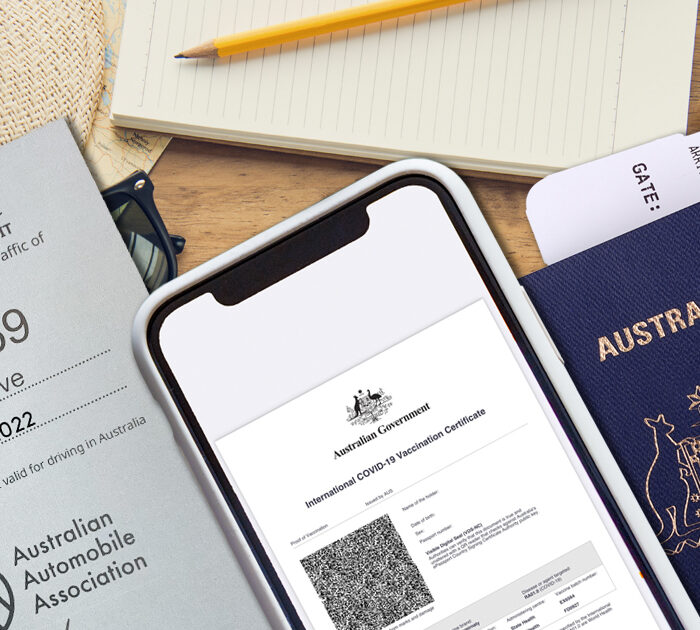The Ultimate Guide to Family Road Trips: Creating Unforgettable Adventures Together
Road trips remain one of the most rewarding ways to travel as a family. Unlike other forms of transportation, driving gives you complete control over your journey, allowing for spontaneous detours and creating opportunities for quality family bonding. Let’s explore why family road trips are so special and how to make them successful.
The Benefits of Family Road Trips
A family road trip offers numerous advantages that other vacation styles simply can’t match:
- Complete family togetherness – No need to worry about children being left at home
- Continuous bonding opportunities – Parents and children communicate constantly and share new impressions from sights along the way
- Relaxed pace – No rushing to work or school; everyone can enjoy the journey
- Real-life problem-solving – When challenges arise, children witness firsthand how adults handle unexpected situations
- Freedom from strict schedules – No stress about missing trains or planes; you set your own timetable
- Customized experiences – You can choose routes and activities that accommodate everyone’s interests
- Budget flexibility – Road trips can be adjusted to fit almost any financial situation
- Comfort of familiar surroundings – Having your own space throughout the journey reduces travel anxiety
When traveling together, families experience shared emotions, learn to care for each other in new environments, and collaborate on finding routes and experiences that satisfy everyone.

How to Plan the Perfect Family Road Trip
Planning a successful family road trip requires thoughtful consideration, especially when traveling with children of different ages. Here’s how to approach the planning process:
1. Consider Your Budget and Timeline
Your financial situation will determine:
- The length of your trip
- How far you can travel
- Accommodation quality
- Dining options
- Activities and attractions you can visit
Be realistic about costs, including:
- Fuel expenses
- Accommodation fees
- Food costs
- Attraction entrance fees
- Emergency funds
2. Assess Health and Comfort Needs
- Health considerations: Evaluate everyone’s health status before planning
- Climate impact: Avoid quick climate changes for children with respiratory issues
- Allergy concerns: If family members have allergies, research destinations accordingly
- Medication needs: Ensure you have adequate supplies and prescriptions
- Comfort requirements: Plan for rest stops, bathroom breaks, and sleeping arrangements
3. Develop a Meal Strategy
Decide on your approach to meals during the journey:
- Self-catering option: Bringing cooking equipment and purchasing groceries
- Restaurant dining: Budgeting for meals at local establishments
- Hybrid approach: Preparing simple breakfasts and snacks while enjoying local restaurants for main meals
Many road trippers prefer the flexibility of:
- Cooking breakfasts at campgrounds or accommodations
- Packing lunches for scenic picnics
- Exploring local cuisine for dinner experiences
4. Plan Accommodations Strategically
- Research and book accommodations in advance, especially during peak seasons
- Consider a mix of options:
- Hotels and motels for convenience
- Vacation rentals for space and kitchen access
- Campgrounds for adventure and cost savings
- Family-friendly options with amenities for children
5. Create a Flexible Itinerary
- Research attractions, landmarks, and activities along your route
- Build in buffer days for unexpected discoveries or extended stays
- Use travel apps and websites to identify family-friendly destinations
- Consider children’s interests and attention spans when planning activities
- Balance structured sightseeing with free play and relaxation time
Remember that flexibility is key to a successful family road trip. While having a general plan is important, be willing to adjust your itinerary based on everyone’s energy levels and interests.
Essential Packing List for Family Road Trips
Proper preparation ensures a smoother journey. Here’s what to pack:
Important Documents
- All family passports and/or birth certificates
- Domestic and international driving licenses
- Vehicle registration and insurance documents
- Medical insurance policies and cards
- Prescription information and doctor contacts
- Travel insurance details (if applicable)
Clothing and Personal Items
- Weather-appropriate clothing (layers work best)
- Comfortable walking shoes
- Rain gear (waterproof jackets and footwear)
- Swimwear (if relevant to your destination)
- Hats and sun protection
- Toiletries and personal care items
Child-Specific Essentials
- Stroller for younger children
- Car seats appropriate for each child’s age and size
- Diapers, wipes, and changing supplies for babies
- Potty training equipment for toddlers
- Bottles, sippy cups, and familiar snacks
- Comfort items (favorite blankets or stuffed animals)
Entertainment and Technology
- Books, travel games, and toys (limit to favorites)
- Tablets or other devices loaded with age-appropriate content
- Headphones for each child
- Chargers and power banks for all devices
- Camera equipment for capturing memories
- Travel journal for older children
Safety and Convenience Items
- Comprehensive first aid kit
- Regular medications for all family members
- Hand sanitizer and disinfecting wipes
- Reusable water bottles
- Sunscreen and insect repellent
- Flashlight or headlamp
- Basic tool kit for minor car issues
For longer trips, consider packing a small cooler for perishable snacks and a basic cooking kit if you plan to prepare some meals on the road.
Creating Lasting Family Road Trip Memories
The souvenirs you bring home are just one small part of your travel experience:
Meaningful Souvenirs
- Guide children to select one special memento from each location
- Consider practical souvenirs you’ll actually use (like local food items)
- Help children choose thoughtful gifts for grandparents or friends
- Look for unique items representing the local culture rather than generic souvenirs
Capturing Memories
- Designate photography responsibilities among family members
- Encourage children to take their own photos from their perspective
- Create a shared digital album where everyone can contribute
- Consider starting a family travel journal where each member writes entries
- Collect small free items like maps, ticket stubs, or brochures for scrapbooking
Preserving Your Journey
- Create a digital photo book together after returning home
- Design a family movie using video clips from your adventure
- Help children create a multimedia presentation about the trip
- Start a family travel blog or private website to document experiences
- Make a special dinner featuring recipes inspired by your travels
The shared memories and experiences from a family road trip often become treasured stories that your family will recall for years to come. Many families find that once they’ve completed one successful road trip, they’re eager to plan the next adventure.

Prepare for International Driving
If your family road trip crosses international borders, remember these important tips:
- Apply for an International Driving Permit well in advance
- Research driving regulations in your destination countries
- Understand local traffic signs and rules
- Check insurance coverage for international driving
- Download offline maps for areas with limited connectivity
- Learn basic phrases related to driving and emergencies in local languages
Being properly prepared for international driving will help keep your family safe and prevent unnecessary complications during your journey.
Ready for Your Family Road Trip Adventure?
Family road trips offer unparalleled opportunities for connection, discovery, and memory-making. With careful planning, smart packing, and an open mind, your next family road trip can become the adventure of a lifetime.
Start planning today, and don’t forget to apply for an international driving license if needed. The open road is waiting for your family to explore together!

Published September 29, 2017 • 7m to read





